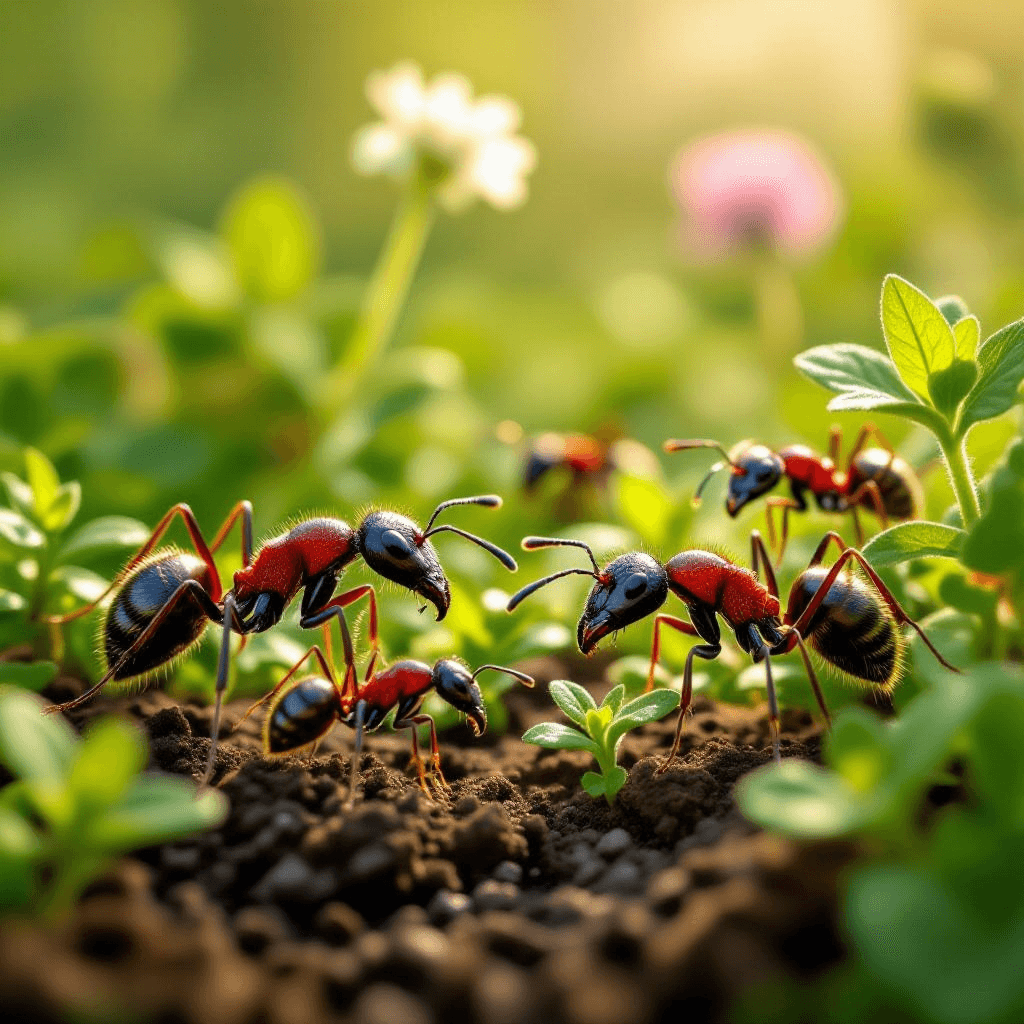Introduction to Garden Diseases
Garden diseases are conditions that adversely affect plants due to pathogens such as fungi, bacteria, viruses, and nematodes. In the UK, these diseases present a significant concern for gardeners, as they can lead to diminished plant health, reduced yields, and, in severe cases, the death of plants. The impact of these diseases can be widespread, affecting not only individual gardens but also the broader agricultural landscape, potentially disrupting local ecosystems and food supplies.
One of the primary reasons garden diseases are particularly notable in the UK is the unique climate of the region, which can contribute to the proliferation of these pathogens. Factors such as humidity and temperature fluctuations create an environment conducive to disease outbreaks. Furthermore, the health of the soil plays a pivotal role in the resilience of plants against infections. Soil that is rich in nutrients and organic matter tends to produce stronger plants, better equipped to fend off potential diseases. In contrast, poor soil health often exacerbates vulnerability, making plants more susceptible to infections.
Common gardening practices also influence the prevalence of diseases. Overcrowding plants, improper watering techniques, and lack of crop rotation can lead to an increased risk of disease spread. Healthy gardening strategies, such as ensuring proper spacing between plants and maintaining a regular fertilization schedule, are vital in preventing many common garden diseases.
This introduction serves as a prelude to a deeper exploration of the top 10 most common garden diseases encountered across the UK. By understanding how to identify the symptoms, prevent their occurrence, and effectively treat these diseases, gardeners can safeguard their plants and promote thriving gardens. As we delve into each disease, we will provide insights that can help recognize early signs of distress, ensuring prompt attention and care.
Identifying Common Garden Diseases
Garden diseases can impact the health and productivity of plants, making it essential for gardeners to recognize their signs early. Here, we will explore the symptoms and indicators of the ten most prevalent garden diseases in the UK, focusing on various plant species and seasonal patterns that can aid in identification.
One significant disease is powdery mildew, which presents as a white, powdery coating on leaves and stems, notably affecting cucumbers and roses. This fungus thrives in warm, dry conditions, often becoming most visible during late summer. Black spot is another fungal disease common in roses, characterized by circular black spots on leaves, leading to yellowing and premature drop. Affected plants typically exhibit more symptoms in damp, humid weather.
Root rot affects plants like tomatoes and potatoes, showing signs of wilting or yellowing leaves, often linked to overwatering or poor drainage. Another notable disease is blight, which can devastate potato crops; the initial signs include dark, water-soaked spots on leaves that progress rapidly under cool, moist conditions.
Another common disease is rust, seen as rusty colored spots on leaves, often impacting beans and other legumes. Leaf spot, on the other hand, affects a wide variety of plants and presents as circular or irregular spots on leaves, often leading to overall plant decline.
To identify grey mould, look for a fuzzy grey growth on affected flowers and fruits, particularly in cool, damp conditions. Downy mildew displays similar symptoms but is usually seen on leaves as yellow patches. Lastly, recognizing aphid infestations is crucial, as these pests can cause stunted growth and distorted leaves, leading to secondary fungal issues.
Awareness of these symptoms will enhance a gardener’s ability to manage and mitigate the impact of these common garden diseases effectively, ensuring healthier and more productive plants.
Prevention Strategies for Garden Diseases
Preventing garden diseases is essential for maintaining a healthy, flourishing garden. By implementing effective strategies, gardeners can significantly reduce the risk of diseases affecting their plants. A vital part of this process is proper plant selection. It is advisable to choose disease-resistant varieties that are well-suited to the local climate and soil conditions. This reduces the likelihood of diseases developing and can lead to a more sustainable garden.
Soil health management plays a critical role in preventing garden diseases. Healthy soil provides plants with the nutrients they need while fostering beneficial microorganisms that can combat pathogens. Regularly adding organic matter, such as compost or well-rotted manure, can improve soil structure and fertility. It is also beneficial to conduct soil tests to determine pH levels and nutrient content, allowing for tailored amendments that create optimal growing conditions for plants.
Crop rotation is another effective strategy to minimize the risk of disease. By alternating the types of plants grown in a particular area each season, gardeners can disrupt the life cycles of pests and diseases. This practice prevents the buildup of harmful pathogens in the soil and encourages a more diverse ecosystem that can naturally regulate pests. Additionally, rotating crops can help manage soil nutrient levels, leading to better plant health overall.
Sanitation practices are crucial for disease prevention. Gardeners should regularly clean tools and equipment to eliminate potential disease-carrying residues. Removing debris, fallen leaves, and spent plants can help prevent pests and pathogens from taking hold in the garden. Also, maintaining proper spacing between plants allows for better air circulation, reducing humidity levels that can contribute to disease development.
Incorporating these organic and eco-friendly approaches not only enhances the health of a garden but also promotes a more sustainable gardening practice. By actively implementing these prevention strategies, gardeners can cultivate a thriving environment with minimal disease occurrence.
Treatment Options for Affected Plants
When it comes to managing garden diseases, understanding the variety of treatment options available is crucial for plant health and garden aesthetics. Various diseases, from fungal infections to bacterial outbreaks, can significantly affect plant growth if not addressed promptly. There are two primary categories of treatments: chemical and organic options, each with its own suits of benefits and application methods.
Chemical treatments often consist of fungicides, bactericides, and insecticides that can be effective in managing specific diseases. It is essential to accurately identify the disease affecting your plants before selecting a chemical solution. For instance, systemic fungicides can be applied early in an outbreak of powdery mildew, following the manufacturer’s instructions regarding dosage and timing. Timing is crucial, as applying treatments during high humidity can reduce efficacy. Moreover, always observe safety precautions, like wearing protective gear and keeping pets and children away from treated areas.
On the other hand, organic treatments, such as neem oil, can provide a safer alternative to harsh chemicals. Neem oil acts as both a preventative and a treatment for various infestations. When using organic options, consider the application intervals recommended on the product label; generally, it is advisable to repeat treatments every 7-14 days until the disease subsides. Additionally, introducing beneficial insects like ladybugs can provide natural pest control while reducing the need for chemical treatments.
Supporting the overall health of your plants post-treatment is equally as important. Providing proper nutrition through well-balanced fertilizers can enhance recovery. Ensure that affected plants receive adequate water and sunlight, as these elements are vital for regrowth. Regular monitoring of plant health and early intervention will help to mitigate the impact of diseases, ensuring a thriving garden environment.


